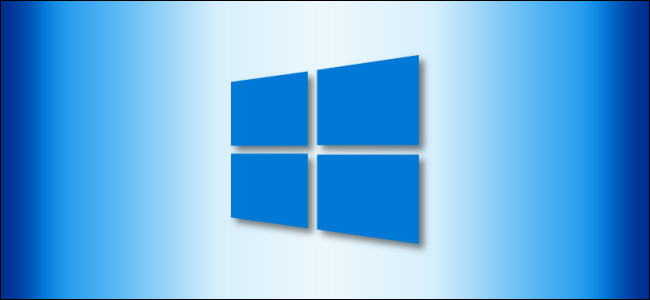

This sub-command comes with the following caveats: If Title is omitted, the script's file name is used. Options can contain any of the options supported by the main GUI command. Otherwise, a new unnamed and unnumbered GUI will be created.

If GuiName is specified, a new GUI will be created, destroying any existing GUI with that name.
Default: Changes the current thread's default GUI window name.Ĭreates a new window and sets it as the default for the current thread.Gui, New, Options, Title. Flash: Blinks the window and its taskbar button. Minimize / Maximize / Restore: Performs the indicated operation on the window. Options and styles for a window: Sets various options for the appearance and behavior of the window. Margin: Sets the margin/spacing used whenever no explicit position has been specified for a control. Color: Sets the background color for the window and/or its controls. Font: Sets the typeface, size, style, and text color for subsequently created controls. Submit: Saves the user's input and optionally hides the window. It can also minimize, maximize, or move the window. Add: Creates a control such as text, button, or checkbox. Table of Contents Sub-commandsįor SubCommand, specify one of the following: The SubCommand, Value1, Value2 and Value3 parameters are dependent upon each other and their usage is described below. This is demonstrated in the GUI ToolTip example. For example, a script can display context-sensitive help via ToolTip whenever the user moves the mouse over particular controls in the window. Other types of GUI events can be detected and acted upon via OnMessage().






 0 kommentar(er)
0 kommentar(er)
